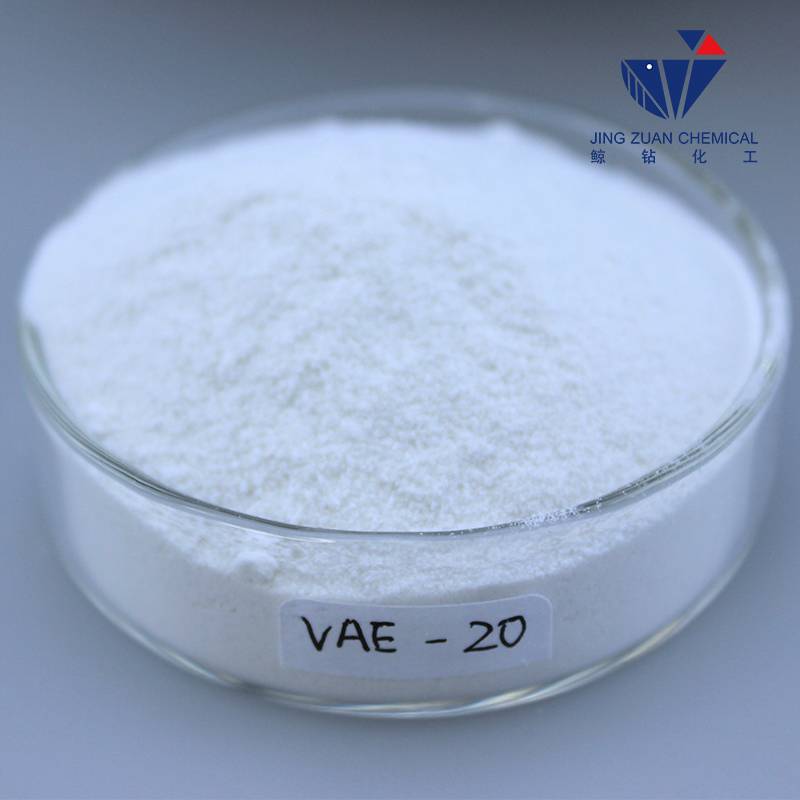
Dec . 12, 2024 10:57 Back to list
hydroxypropyl methylcellulose hpmc
Understanding Hydroxypropyl Methylcellulose (HPMC) A Versatile Polymer in Modern Applications
Hydroxypropyl Methylcellulose (HPMC) is a semi-synthetic polymer derived from cellulose, a natural polymer found in plant cell walls. Its unique properties make it a versatile ingredient widely used in various industries including pharmaceuticals, food, and construction. In this article, we will explore the characteristics, applications, and benefits of HPMC, highlighting its importance in modern technology.
Chemical Structure and Properties
HPMC is produced by modifying the cellulose structure through chemical processes. The introduction of hydroxypropyl and methyl groups alters its solubility and viscosity, giving HPMC its distinct properties. This polymer is available in various viscosity grades, determining its thickness and application suitability. HPMC is a white, odorless powder that is soluble in cold water, forming a gel-like solution. These properties make it an essential ingredient in various formulations.
One of the key attributes of HPMC is its ability to form films. When applied to surfaces, it creates a barrier that can help retain moisture, making it useful in various coatings and gel formulations. Additionally, HPMC is non-toxic and environmentally friendly, making it safe for use in food products and pharmaceuticals.
Applications in Pharmaceuticals
In the pharmaceutical industry, HPMC plays a crucial role as a binder, thickener, and film-forming agent in drug formulations. Its ability to control the release of active ingredients makes it an ideal excipient in controlled-release formulations. HPMC is commonly used in tablet manufacturing, where it helps to improve the mechanical strength and disintegration of tablets.
Moreover, HPMC is utilized in the production of hydrophilic matrices for sustained-release oral dosage forms. Its gel-forming capabilities allow for a slow release of drugs, leading to improved patient compliance and therapeutic efficacy. The versatility of HPMC extends to its use in ophthalmic formulations, where it acts as a lubricating agent, alleviating dryness and discomfort in the eyes.
hydroxypropyl methylcellulose hpmc

Role in Food Industry
In the food industry, HPMC is valued for its emulsifying, thickening, and stabilizing properties. As a food additive, it carries the designation E464. It is commonly used in gluten-free baked goods, providing the texture and elasticity typically found in gluten-containing products. HPMC enhances moisture retention, shelf life, and overall quality of food products.
Additionally, HPMC is used as a fat replacer in low-fat food formulations, contributing to a creamier texture without the addition of extra calories. Its thickening properties are especially beneficial in sauces, dressings, and soups, improving mouthfeel while maintaining a desirable consistency.
Construction and Other Applications
Beyond food and pharmaceuticals, HPMC finds application in the construction industry, particularly in making cement-based products. Its water retention properties enhance the workability and adhesion of mortars and plasters, allowing for improved performance during application. HPMC is also a crucial component in dry mix formulations, commonly used in tile adhesives and joint compounds.
Furthermore, the cosmetic industry leverages the unique properties of HPMC in formulating creams, lotions, and gels. Its film-forming and stabilizing characteristics improve spreadability, texture, and moisture retention in personal care products.
Conclusion
Hydroxypropyl Methylcellulose (HPMC) is a remarkable polymer that has found extensive applications across various fields, thanks to its versatile properties. From pharmaceuticals to food and construction, HPMC continues to play a vital role in enhancing product performance and consumer satisfaction. As industries evolve and new applications emerge, the importance of HPMC in modern technology is only expected to grow, making it a crucial ingredient for the future. Understanding its properties and applications helps us appreciate the significant impact HPMC has on our daily lives through the products we consume and use.
-
Versatile Hpmc Uses in Different Industries
NewsJun.19,2025
-
Redispersible Powder's Role in Enhancing Durability of Construction Products
NewsJun.19,2025
-
Hydroxyethyl Cellulose Applications Driving Green Industrial Processes
NewsJun.19,2025
-
Exploring Different Redispersible Polymer Powder
NewsJun.19,2025
-
Choosing the Right Mortar Bonding Agent
NewsJun.19,2025
-
Applications and Significance of China Hpmc in Modern Industries
NewsJun.19,2025







